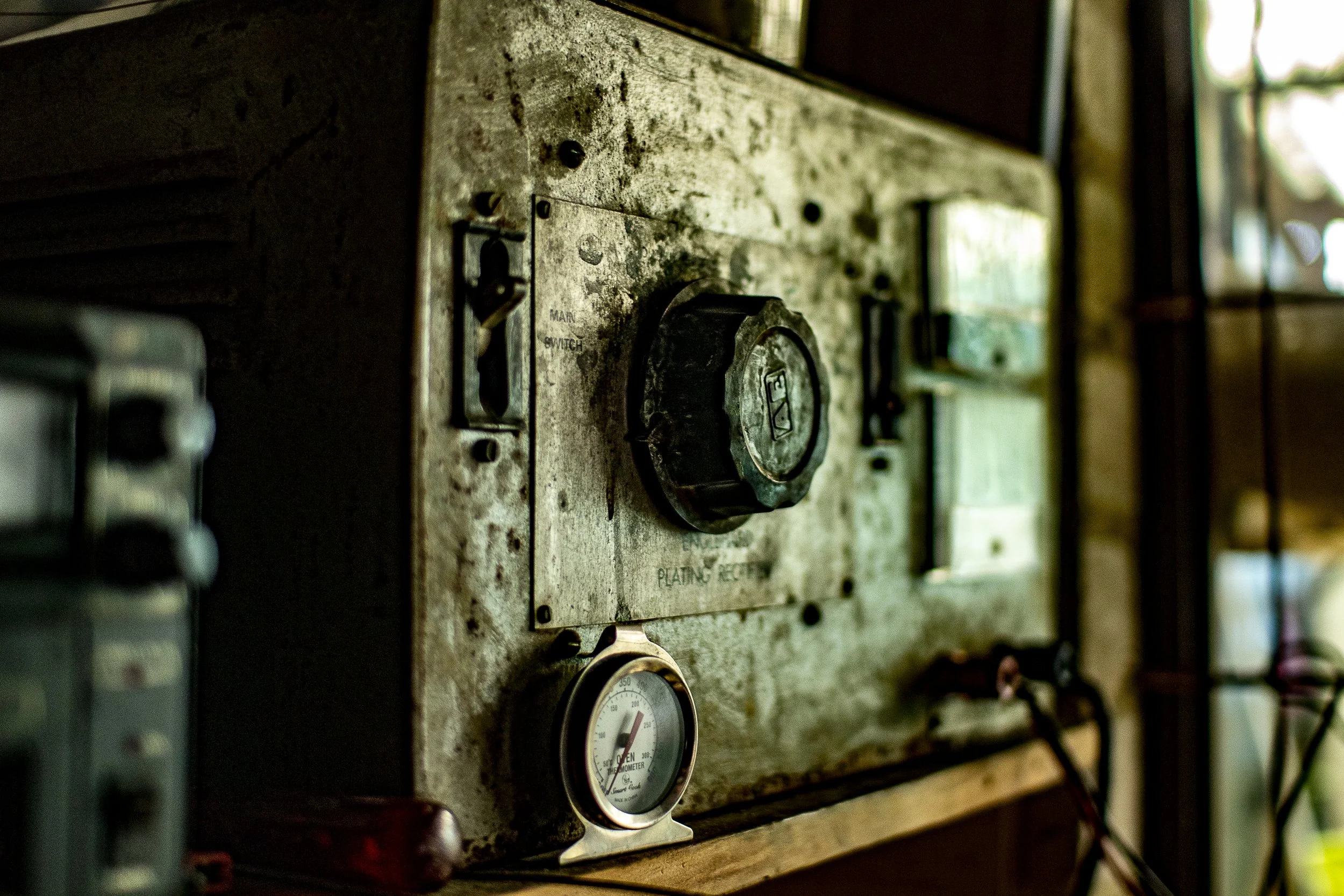
Electroforming is not electroplating
-

-
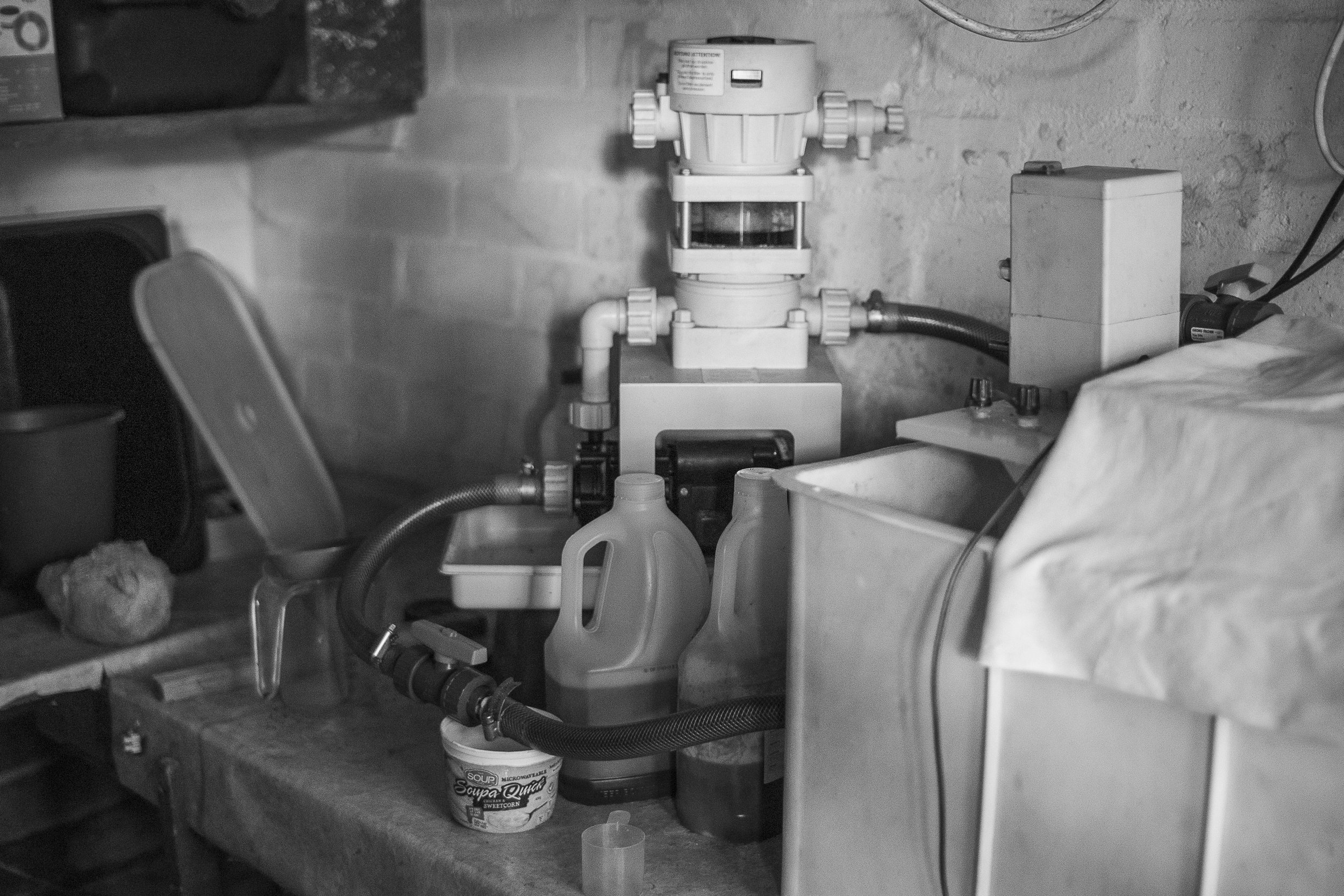
-

-
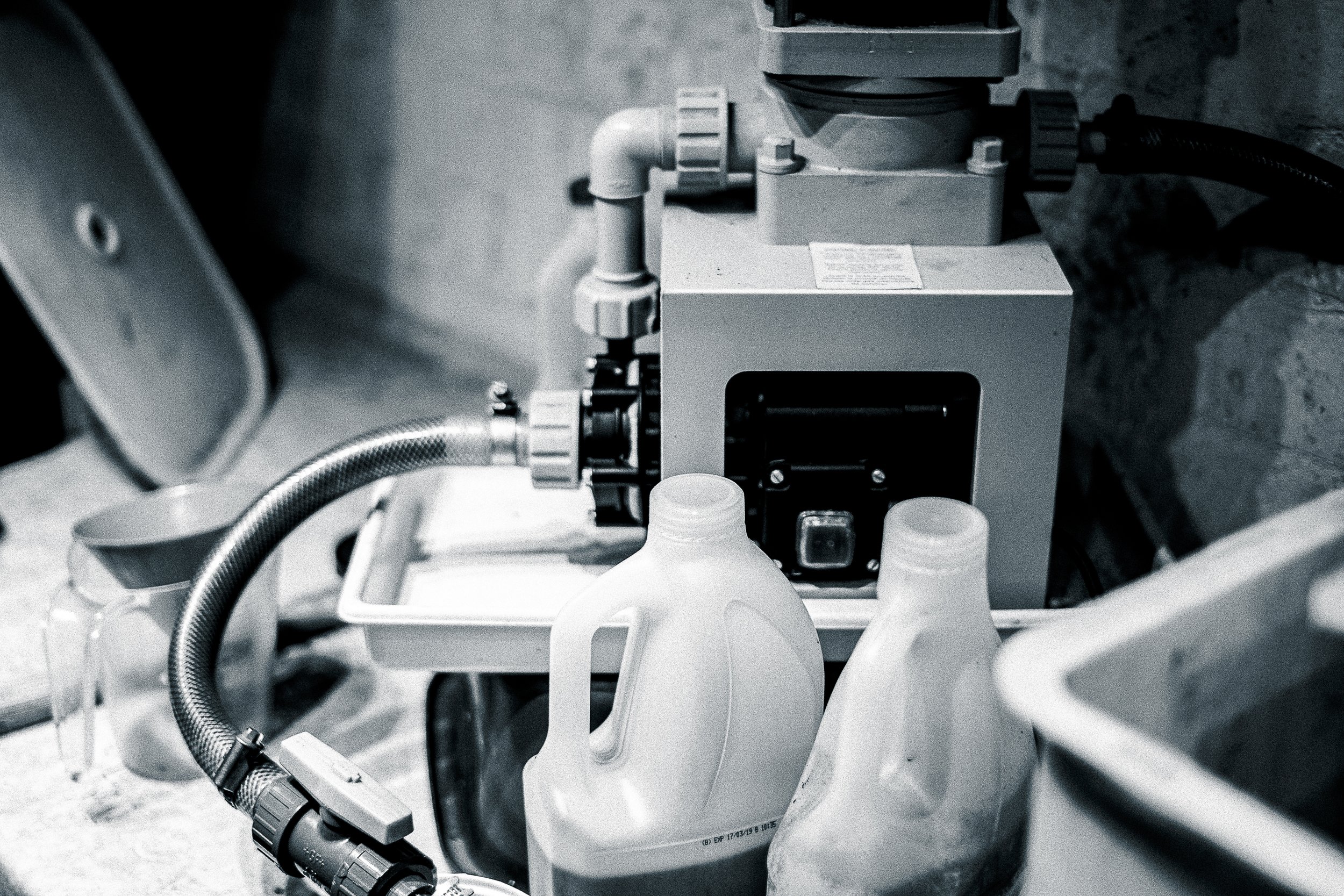
-
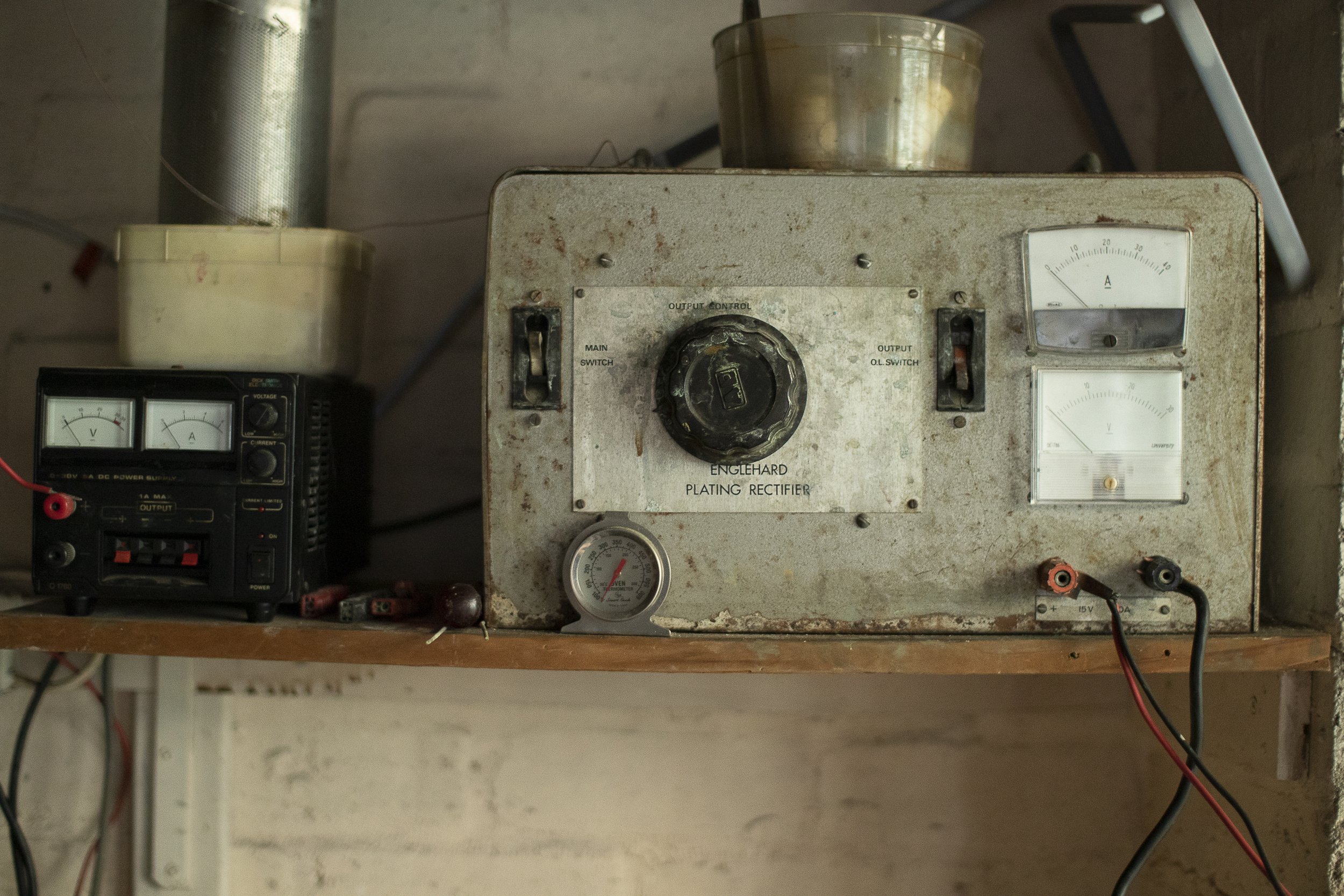
I
-
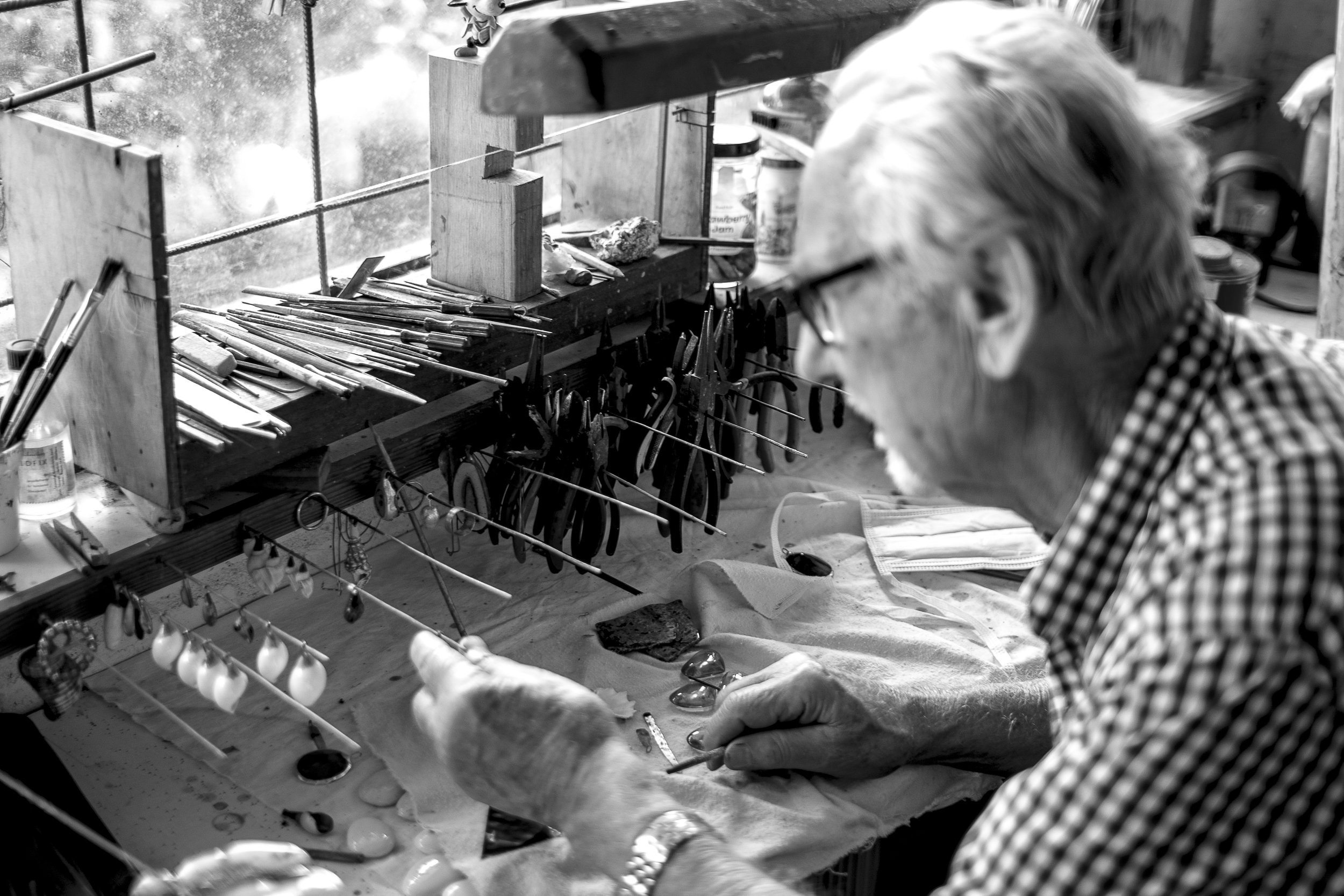
Electroforming
Is a process in which metal is deposited onto a mold or mandrel to create a new metal part from scratch. The metal is built up layer by layer until it reaches the desired thickness and shape. After the metal part is complete, the mold is removed, leaving a detailed and precise metal object. Electroplating, however, involves coating an existing metal object with a thin layer of another metal using an electric current. This process is typically used to improve the object's appearance, enhance its corrosion resistance, or add other functional properties. Unlike electroforming, electroplating does not create a new part but adds a surface layer to an existing one.
To summarize, electroforming builds a new metal part by accumulating metal on a mold, while electroplating applies a thin metal layer onto an existing object to enhance its properties.
Electroforming a Unique Craft in Jewellery Making
Electroforming is a fascinating process used in metalworking where metal is deposited onto a substrate, or mold, through an electrochemical process. Unlike electroplating, which coats an existing object with a thin layer of metal, electroforming builds up thick layers of metal, allowing for the creation of intricate and detailed designs. This technique results in a standalone metal object once the substrate is removed.
John Hablitschek is a trailblazer in the art of jewelry making, utilizing the complex technique of electroforming to craft exquisite pieces in silver and gold. He is one of the select artisans who have perfected this method, resulting in jewelry that captivates with its precision and allure. In fact, suppliers of the necessary equipment and chemicals have been astonished by his innovative methods applied to what is increasingly being considered a lost art.
Why Electroforming is Special?
Versatility in Design: The process allows for the creation of complex shapes and fine details that are difficult to achieve with traditional metalworking techniques.
Strength and Lightness: Electroformed pieces are strong yet lightweight, making them comfortable to wear as jewelry.
Unique Texture and Finish: The technique can produce unique textures and finishes, adding a distinct character to each piece.
However, the art of electroforming, especially with precious metals like silver and gold, has become increasingly challenging to practice. This is due to the unavailability of certain chemicals and additives that are essential for the process. These materials have become difficult to obtain because of changing regulations and advancements in other manufacturing techniques, making the precious metal electroforming method rare and highly valued.
Today, electroforming primarily involves copper which is subsequently electroplated with precious metals nowhere near as nice or valuable.
John Hablitschek's creations stand as a tribute to the elegance and ingenuity that electroforming contributes to the art of jewelry making. His pieces are celebrated for their exquisite craftsmanship and the commitment needed to perfect such a complex method. The jewelry available on this website represents the exclusive opportunity to purchase his work, and availability is limited.
